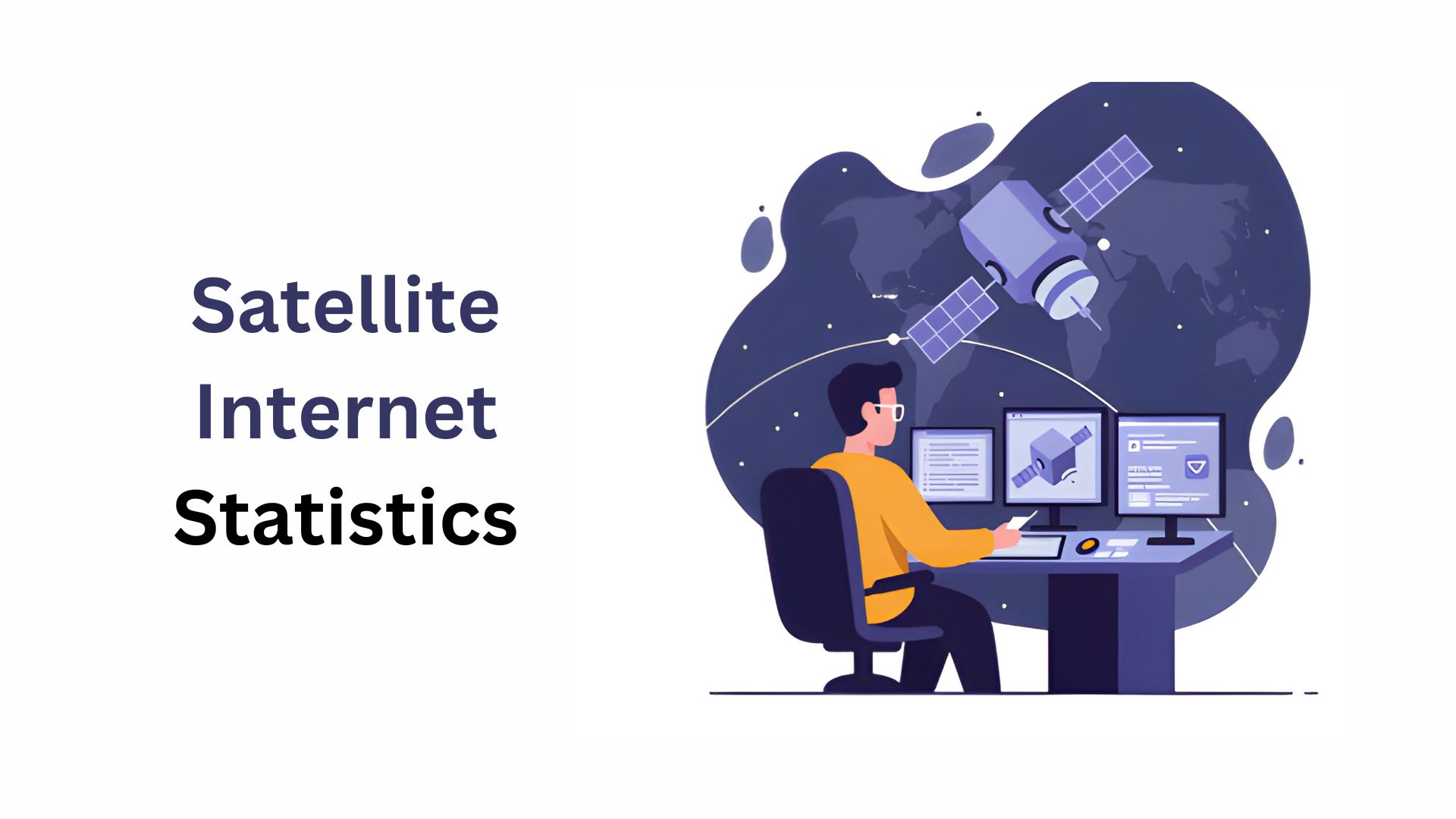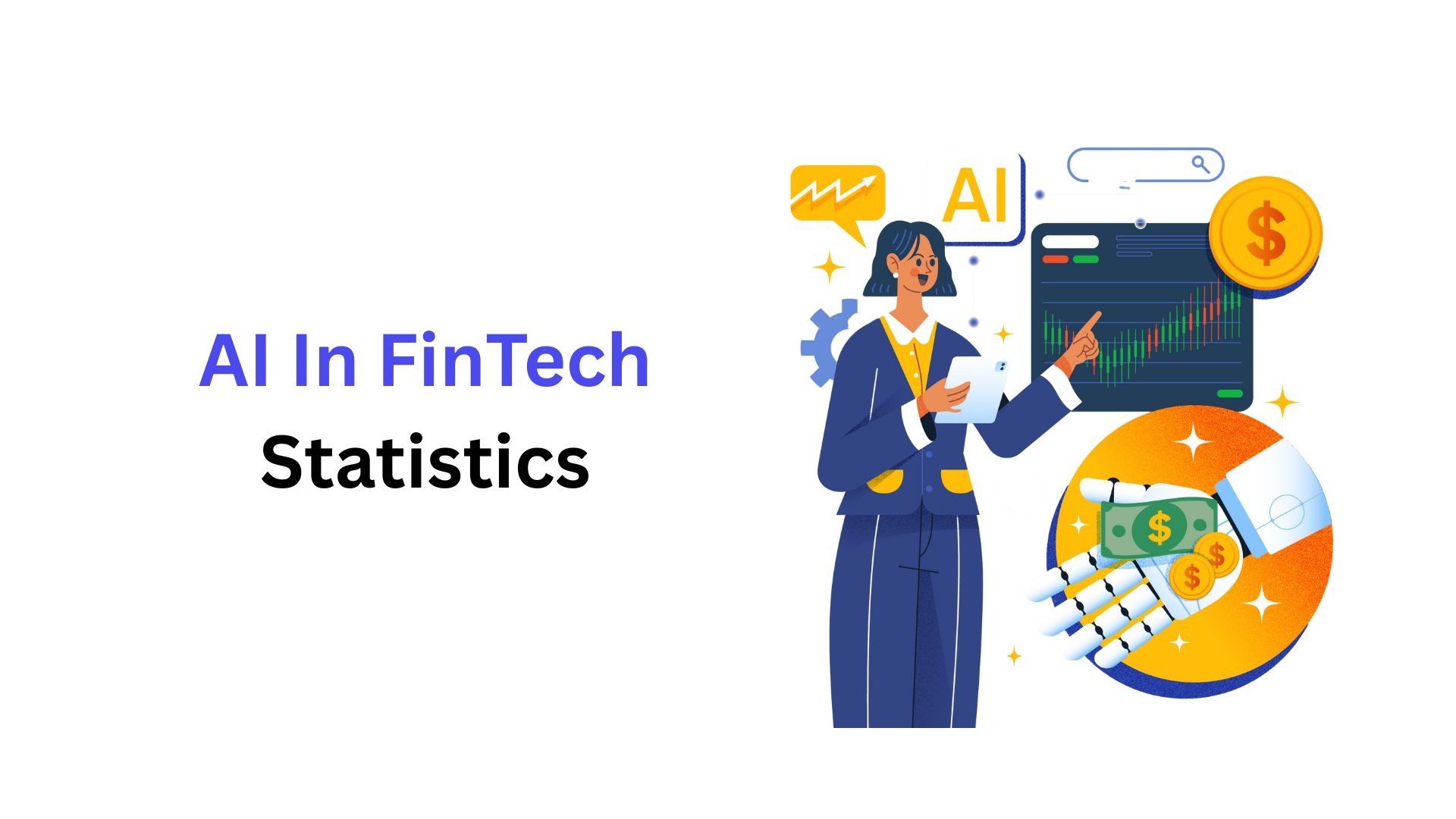Why Your SEO ROI Calculator Is Wrong – And How to Fix It
Updated · Nov 24, 2025

Table of Contents
- Incorrect Traffic Estimates
- Unrealistic Conversion Rates
- Inaccurate Average Order Value
- Overlooking Customer Lifetime Value
- Neglecting Seasonality and Trends
- Ignoring Search Engine Algorithm Updates
- Assuming Constant Marketing Spend
- Excluding Indirect Benefits
- Failing to Consider Competition
- Relying on Outdated Data Sources
- How to Fix Skewed Inputs
- Conclusion
An SEO ROI calculator helps organizations estimate the potential gains from their digital strategies. However, the output can be easily skewed by a few of the entries. Improving projections involves knowing what these factors are and how they need to be corrected. Reliable tools are primarily based on the information supplied. Here, we cover some of the most common variables that influence results and effective ways to mitigate these issues.
Incorrect Traffic Estimates
Return calculations are based on traffic figures, and an SEO ROI calculator can only deliver accurate projections when those numbers are correct. This often results in exaggerated returns due to the use of inflated or outdated numbers. To make accurate projections, you need updated and verified data from analytics tools. Continuously monitoring visitor trends keeps estimates grounded and prevents stale information from influencing both behaviors and projections. Accurate traffic inputs ultimately tend to support stronger decision-making.
Unrealistic Conversion Rates
Conversion rates usually indicate how efficiently visitors took action. However, overstating them leads to overly optimistic projections. User behavior rarely aligns ideally with expectations. Consequently, conversion paths can be tweaked with minor changes, but they will provide a much clearer idea of user intent. To obtain a more accurate assessment, align the figures with prevailing performance standards.
Inaccurate Average Order Value
The average order value represents the amount spent after users take action. Utilizing generic or outdated AOV figures can often distort budget planning and ROI forecasts. Regularly reviewing sales data offers a more reliable baseline. Additionally, transaction amounts should be used, as they reflect actual business performance.
Overlooking Customer Lifetime Value
The value of a customer extends beyond a single purchase. A few tools focus solely on purchases and neglect repeat business, resulting in underwhelming returns. Understanding recurring purchases and retention provides a more accurate calculation. Moreover, projection is more accurate when this aspect is taken into account. Ultimately, knowing CLV is crucial for designing extended strategies.
Neglecting Seasonality and Trends
During the year, user activity tends to be dynamic. These patterns are often overlooked by most calculators, resulting in lopsided predictions. Taking seasonal factors into account helps to align reality with expectation. A more reliable outcome can be achieved by examining projections for known trends. Being aware of timing assists balanced planning.
Ignoring Search Engine Algorithm Updates
Search rankings & traffic are often affected by algorithm changes. Calculators that fail to account for these dynamics can misinform stakeholders. Being aware of industry updates also assists in managing expectations. Monitoring performance before and after updates shows exactly how they affect your brand.
Assuming Constant Marketing Spend
Budgets usually evolve for various reasons. Static marketing investment leads to distorted ROI projections. The best way to address this is by reviewing and updating spend figures on a regular basis. Real impact is elucidated in the performance comparison of different investment levels. Moreover, flexible budgeting allows for more realistic planning.
Excluding Indirect Benefits
Aside from just closing new sales, search engine optimization pays dividends. Long-term practice leads to brand recognition, user interaction, and loyalty. While some calculators only measure immediate sales, many tend to overlook genuine value. In this regard, a more comprehensive assessment can be performed by including secondary gains and ensuring a more thorough evaluation of digital performance.
Failing to Consider Competition
The search results can be affected not only by the competition for ranking against the target keyword, but also by the volume of traffic that comes from different sources, which also affects the results. Neglecting what competitors are doing could create inflated projections. Noting what competitors do can lead to changes in market share. Forecast accuracy improves due to awareness of competitive dynamics.
Relying on Outdated Data Sources
Third-party data or older analytics tools can mislead projections. This risk can be minimized by relying on current, verified sources of information. Regular data collection audits improve reliability and consistency across various platforms. Furthermore, strong ROI calculators are built on trustworthy, up-to-date information.
How to Fix Skewed Inputs
Frequent checks over all entries can prevent mistakes from occurring. Confirming values using multiple sources builds confidence in the final projection. Moreover, cross-department collaboration ensures visibility into the full scope of digital performance. Ongoing evaluations ensure that calculators are kept up to date with the latest results, while instructing and updating staff to identify and address biases to enhance accuracy.
Conclusion
High-quality, timely inputs are the key basis for SEO ROI calculators. A knowledge of common pitfalls helps organizations avoid costly misjudgments. Consistent reviews, validated data, and thorough measurements make for more accurate predictions. Paying attention to these factors lays the groundwork for growth and better decision-making. Ultimately, reliable tools allow teams to set realistic goals with confidence and measure performance against them.

Tajammul Pangarkar is the co-founder of a PR firm and the Chief Technology Officer at Prudour Research Firm. With a Bachelor of Engineering in Information Technology from Shivaji University, Tajammul brings over ten years of expertise in digital marketing to his roles. He excels at gathering and analyzing data, producing detailed statistics on various trending topics that help shape industry perspectives. Tajammul's deep-seated experience in mobile technology and industry research often shines through in his insightful analyses. He is keen on decoding tech trends, examining mobile applications, and enhancing general tech awareness. His writings frequently appear in numerous industry-specific magazines and forums, where he shares his knowledge and insights. When he's not immersed in technology, Tajammul enjoys playing table tennis. This hobby provides him with a refreshing break and allows him to engage in something he loves outside of his professional life. Whether he's analyzing data or serving a fast ball, Tajammul demonstrates dedication and passion in every endeavor.









